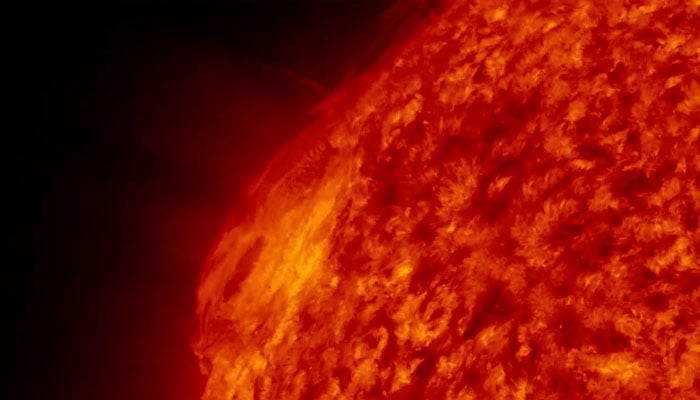Solar maximum reaches close — but why will we know 7 months after it takes place?
Solar maximum is hard to observe before seven months, as per ESA scientists
February 06, 2024

The sun has been steadily strengthening as it gets closer to solar maximum, the point at which its roughly 11-year cycle peaks in activity.
The frequency and intensity of visible sunspots on the surface, which are driven by the sun's magnetic field, are indicators of a period of solar activity that is known as the solar cycle, according to Space.
Yet, it will take at least seven months for scientists to determine whether solar maximum has actually occurred. We questioned the solar expert centre at ESA's Space Weather Coordination Centre (SSCC) on why this is the case.
"The maximum is computed (as a convention) with the 13-month smoothed sunspot number (which means that for each month you use the value of six months before and six months after)," Solar expert centre scientists told Space in an email. "The exact value of this quantity for time T is known only 6 months later."
It is hard to determine whether the solar maximum was reached earlier than seven months after this decline occurs because scientists only know if the sunspot numbers in the next month are lower.
Assume, for illustration, that the solar maximum happened in February 2024. Researchers would require sunspot number data for the preceding six months, February 2024, and the subsequent six months, up to August 2024. Therefore, it would not be possible for us to say with certainty that the solar maximum occurred from February 2024 until September 2024.
The sun can deceive us at times; even when we believe we have reached solar maximum, the heightened activity turns out to be simply a local peak, not indicative of the entire cycle, according to ESA's solar scientists.
Additionally, sunspot cycles may encounter a "double maxima," also known as a Gnevishev's gap, in which case the initial peak may not be the highest and a second, larger peak may occur thereafter.











